Why do we need wave analysis?
For the design of offshore operations such as installation and transport of offshore structures, as well as lifecycle design of floating and fixed structures, knowledge of extreme waves as well as the probability of different sea-states is of paramount importance. Before the start of a project or an operation, a reliable meteorological forecast is required to understand the severity of wave load as well as the determination of damage due to fatigue. Since the waves are irregular, the information is provided in terms of statistical terms such as significant wave height (Hs), zero-crossing period (Tz), and their joint probability distribution. These data are usually supplied by various agencies which assess the information based on various sources of data such as wave buoy and met-masts, which have been extracted from years and years (more than a century!) of data, nautical information, and few extrapolations to neighboring regions or coasts using SWAN models. While such data is of high quality and reliable, the data come at a high cost.
Such high costs are sometimes not born by the vendor in the tender phase or for an innovator, during the concept phase. Further, as the projects are moving outshore, it may not make financial sense to install transmitting met-mast at remote locations for a pre-feasibility stage. As a result, sometimes it is wise to utilize the database of previously recorded and simplified data at an early stage to create a business case. There has been an attempt to parametrize the wave statistical data to make it understandable for people involved in wave load analysis.
There is an immense amount of data belonging to various Metocean groups as well as asset owners of oil and gas firms who have performed comprehensive modeling of the project area. Typically, wind, wave, and tidal analyses are performed for the area. The user is provided with “Operational” limit and “Extreme” limits depending on the severity of the design constraints. Although the data is highly proprietary, sometimes the data is contributed to the wider community for a global understanding of the wave environment. The International Council of Exploration of Sea (ICES) is one such collaborative effort towards a large data center managing global marine data sets. For the designers, a spatial and long-term wave statistic with extreme value estimation would be useful.
How is the wave data analyzed and presented?
With plenty of short-term wave statistical data available from shared information, long-term wave statistical data has been developed through various theoretical studies. The long-term variation of wave climate can be described in terms of generic distributions or in terms of scatter diagrams for governing sea state parameters such as (HS, Tz, θ) or (Hs, Tp, θ) that are interpreted from available data.
A scatter diagram provides the frequency of occurrence of a given parameter pair (e.g. (Hs, Tz)). The generic models (“Equivalent storm”) are generally established by fitting distributions to wave data from the actual area. When fitting probability distributions to data, different fitting techniques can be applied; notably Method of Moments (MOM), Least Squares methods (LS), and Maximum Likelihood Estimation (MLE).
DNVGL recommended practice DNVGL-RP-C205 recommends another approach called Conditional Modelling Approach (CMA), in which a joint density function is defined in terms of a marginal distribution and a series of conditional density functions. The significant wave height is modeled by a 3-parameter Weibull probability density function and the zero-crossing wave period conditional on Hs is modeled by a lognormal distribution. This approach is used to make a generic scatter plot correlating Hs and Zero-crossing period (Tz) for various locations.
What is the Global Wave Scatter Generator program?
TheNavalArch has developed its own light-weight “Global Wave Scatter Generator” (GWSG) program for the purpose of first-observation of expected oceanic climate data for offshore analysis. There are 104 locations (bins) identified across the globe. For each location, probability distribution parameters are changed to estimate average prevailing wave statistics in the area.
Figure 1: Nautical zones for estimation of long term wave distribution parameters
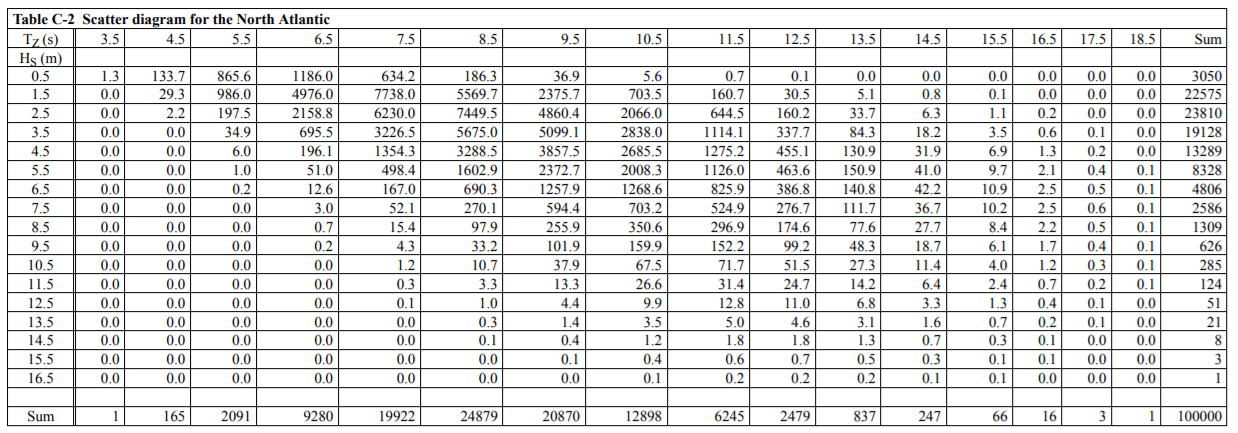 Figure 2: Example scatter table for the North Atlantic area
Figure 2: Example scatter table for the North Atlantic area
The method also allows the user to identify extreme wave data such as a 10-year or 100-year returning storm. This method is considerably reliable (although not accurate) to understand the severity of the weather in the area. This can also be used to identify a service limit (operational limit) and the design limit of any operation. Also, a direct application is to identify fatigue damage of a product. Multiple software like OrcaFlex also utilizes the scatter data to create useful analysis involving cumulative load evaluation.
As a responsible engineering team, it must be emphasized that the GWSG program is directly based on DNVGL formulations and is only the average representation of the wave conditions in an area. However, for the projects with high liability, actual metocean reports must be referred to.
TheNavalArch Interview Series: Capt Robin Perera
TheNavalArch's Interview Series is an endeavor to get insights from the best engineering and business brains in the industry and present them to its users for the larger benefit of the maritime community. Leaders share their experiences and ideas that readers can gain...
TheNavalArch Interview Series: Mr Victor Valera
TheNavalArch's Interview Series is an endeavor to get insights from the best engineering and business brains in the industry and present them to its users for the larger benefit of the maritime community. Leaders share their experiences and ideas that readers can gain...
TheNavalArch Interview Series: Mr Steven Lu
Mr. Steven LuManaging DirectorEpoch Offshore Engineering (Shanghai) Co., Ltd. TheNavalArch's Interview Series is an endeavor to get insights from the best engineering and business brains in the industry, and present them to its users for the larger benefit of the...
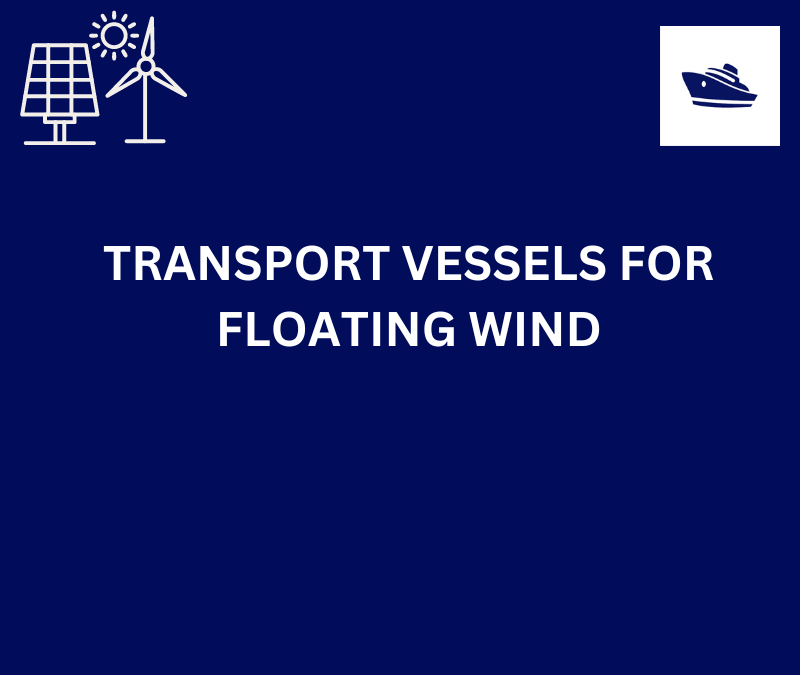
TRANSPORT VESSELS FOR FLOATING WIND
By Alan Crowle, BSc, MSc, CEng, CMarEng, FRINA, FMAREST, FSCMS Masters by Researcher, University of Exeter, College of Engineering, Mathematics and Physical Sciences, Renewable Energy Group SUMMARY Floating wind turbine construction is a large logistical exercise. The...
TheNavalArch Interview Series: Mr. Balakrishna Menon
Mr. Balakrishna MenonEngineering Director Mooreast (Asia) Pte Ltd TheNavalArch's Interview Series is an endeavor to get insights from the best engineering and business brains in the industry, and present them to its users for the larger...
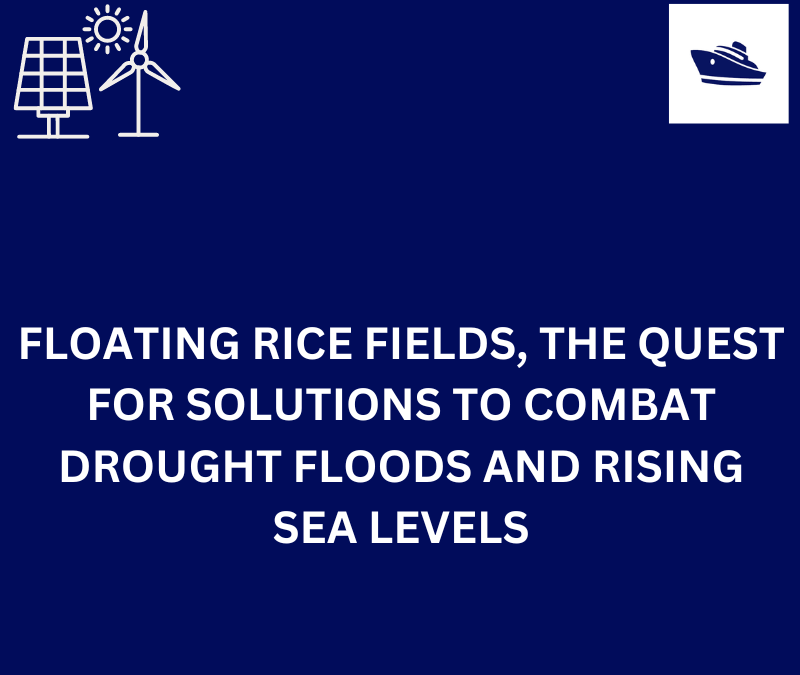
Floating Rice Fields, the quest for solutions to combat drought floods and rising sea levels
by Lim Soon Heng, BE, PE, FSSS, FIMarEST Founder President, Society of FLOATING SOLUTIONS (Singapore) Abstract Amazing as it seems, there is a case for growing rice on floating platforms in the sea. The capital expenditure to develop this is offset by the opportunity...
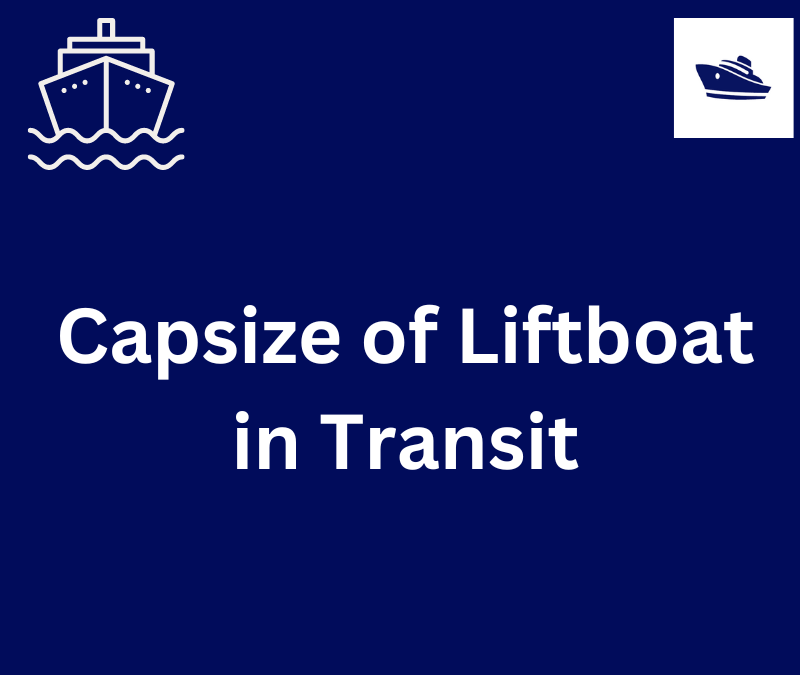
CAPSIZE OF LIFTBOAT IN TRANSIT
This paper was originally presented in the 27th Offshore Symposium, February 22nd, 2022, Houston, Texas Texas Section of the Society of Naval Architects and Marine Engineers It has been reproduced here for the readers of TheNavalarch INTRODUCTION In 1989 a Class 105...

Preparation for Dry-docking of an oil tanker: A Chief Engineer’s approach
Introduction Dry-docking of a vessel is required at every 5 yearly intervals to carry out inspection of hull, propeller and other components which are normally submersed in water all the time. This is a requirement by ship’s classification societies. However, some...
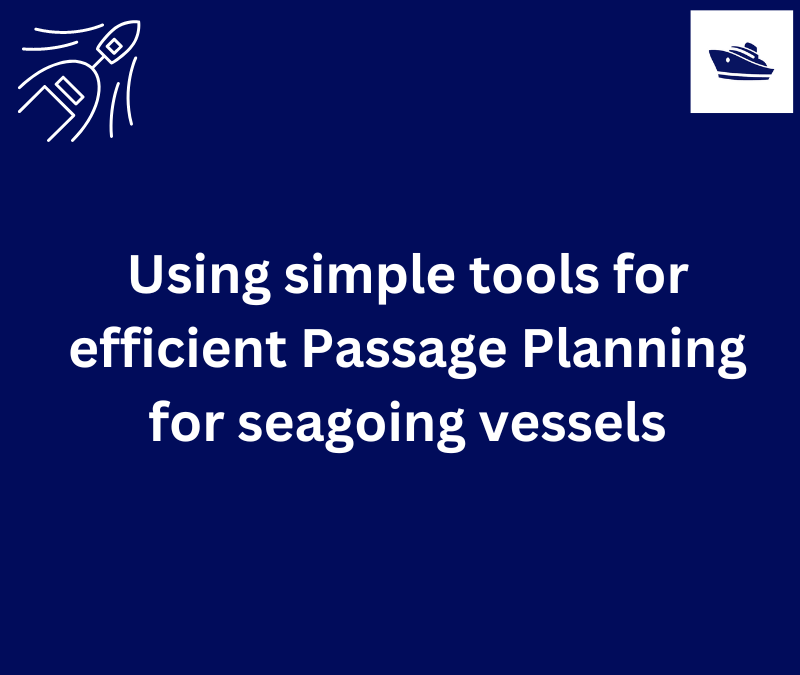
Using simple tools for efficient Passage Planning for seagoing vessels
Introduction Planning a vessel’s voyage is a critical detailed exercise, and the main goal is to ensure safe and efficient passage between two ports. The Master has the responsibility for the vessel voyage planning, but very often he delegates the actual voyage...
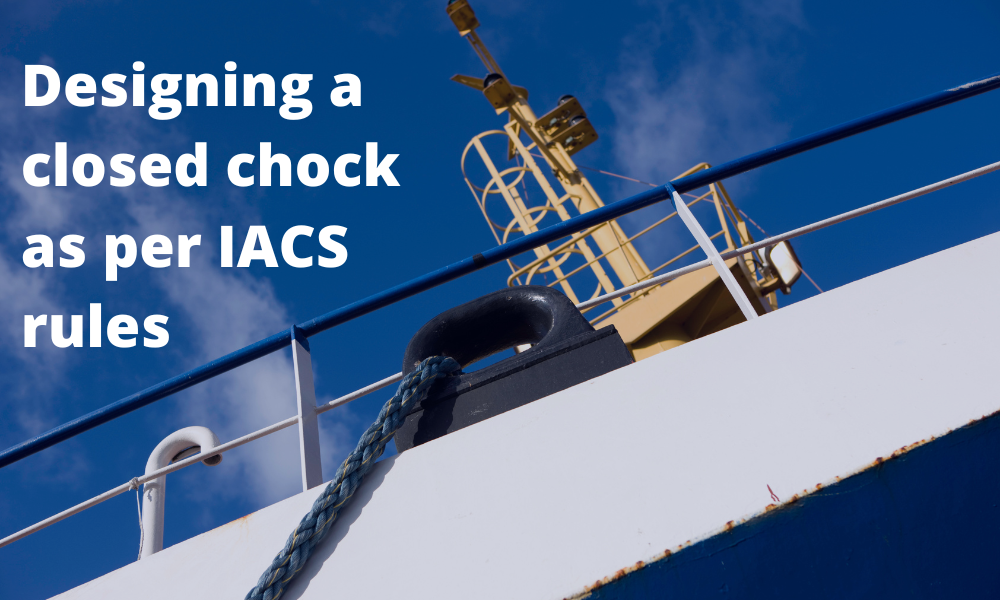
Designing a closed chock as per IACS rules
Introduction Chocks are used universally for mooring and towing operations on ships. For towing operations, Chocks are used for guiding the towing rope from the winch through the outer shell of the vessel to the tug. For mooring operations, the chock is used to...

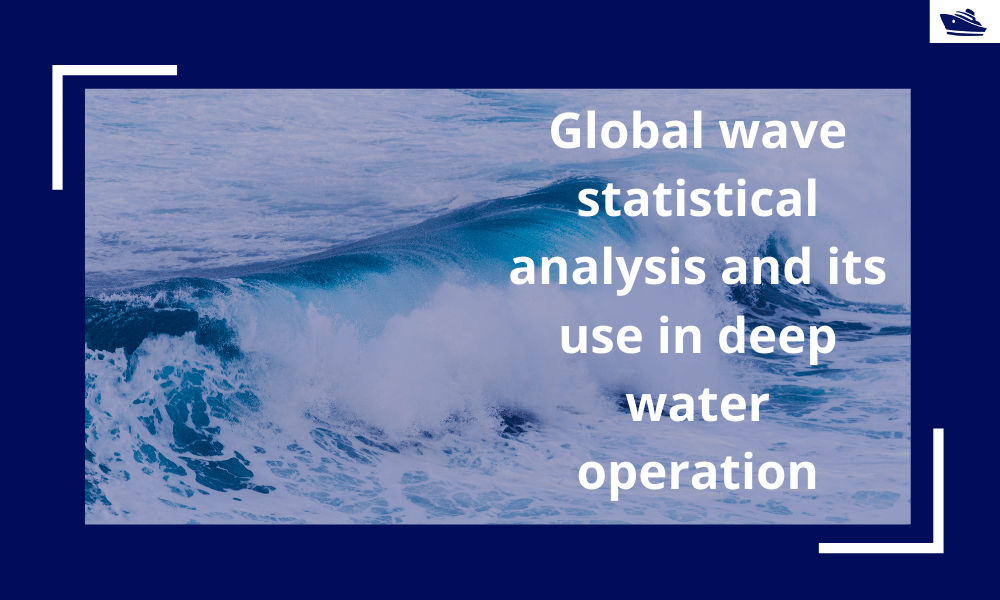
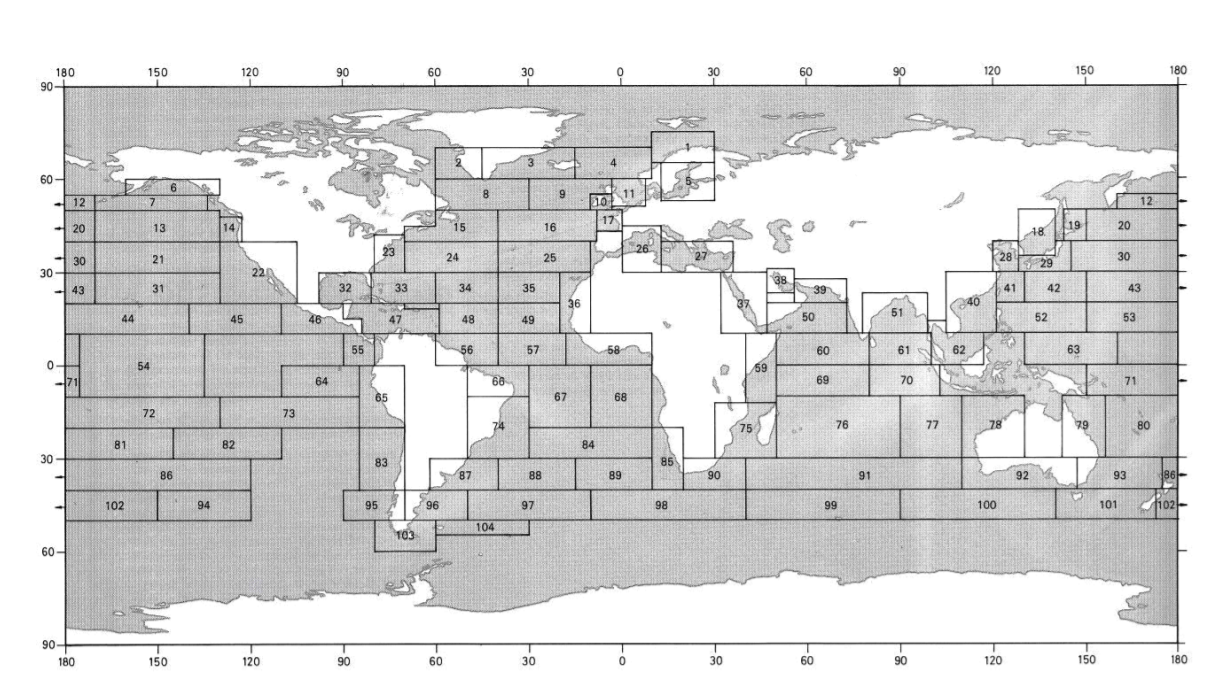
I am Master student in maritime engineering